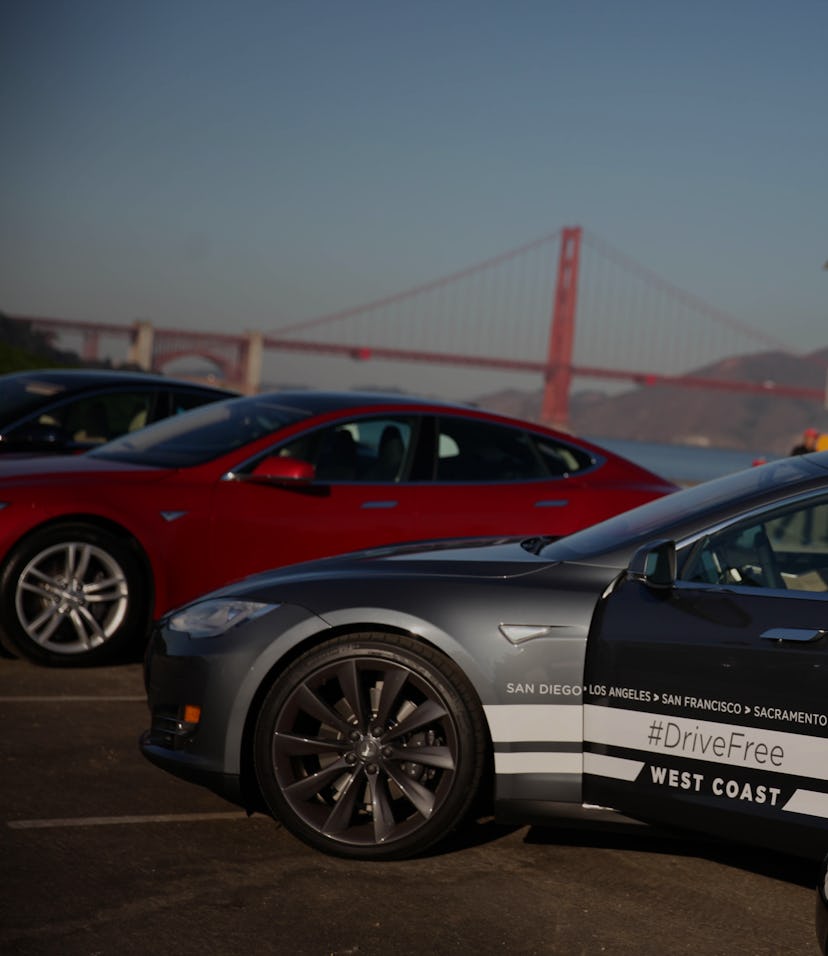Tech
Tesla dials back Full Self-Driving hardware package price to $1,000
The price reduction follows complaints that Tesla deceived customers into thinking their vehicles already included the appropriate hardware.

Tesla is reducing the price of its optional Full Self-Driving (FSD) hardware to $1,000, a price reduction of $500 that comes following complaints that the automaker deceived some customers.
FSD is the name for an advanced driver assistance technology that Tesla has been developing since at least 2015, which offers features like the ability to automatically stop at traffic lights and change lanes to move through traffic.
It also enables vehicles to make turns and other complex maneuvers, but the software remains in beta and requires frequent human intervention. Tesla hopes that FSD will mature enough that someday, its cars will be able to drive themselves. And when that day comes, Tesla has said current owners’ vehicles will be ready. Except... that wasn’t exactly the case.
Bait and switch — According to Electrek, vehicles made by Tesla between 2016-2019 were built with hardware that the automaker promised would enable completely autonomous driving, when the software was ready. When the software could provide driving comparable to a human, new life would be breathed into older cars as they would be automatically supercharged with the new capabilities thanks to an over-the-air update. But as Tesla began rolling out FSD to select beta testers, it told owners of older vehicles that their cars didn’t quite have the processing capability necessary for FSD, and would actually require a hardware upgrade at a cost of $1,500, to be borne by the owner of course.
Even with the upgraded hardware, drivers still must pay $199 per month for the FSD software, or a one-time fee of $10,000. Tesla justifies this because FSD is supposed to constantly improve by feeding data back to servers that use artificial intelligence to learn from car driving data.
Autonomous driving — When Tesla first teased its vehicles’ full self-driving capabilities, it promised it would be ready for primetime by 2017. But the company has repeatedly pushed back its timeline as it discovered the challenge of training a car to drive itself was harder than initially thought.
Tesla isn’t the only company that’s had to reign in expectations about when autonomous vehicles would reach the masses. But slapping customers with a $1,000 fee when they were told they had already bought the equipment necessary feels egregious, even for Tesla. The company made a mistake marketing its vehicles in a way that was faulty, and therefore it alone should bear the responsibility of making customers whole.
Eventually, if these customers are paying $199 per month for service, Tesla would recoup the hardware costs. That’s if the software is as good as Musk claims and customers don’t cancel their subscriptions — but his own engineers have discredited him, though, saying Musk exaggerates how good FSD actually is.
Industry insiders believe full autonomous driving is still years away. Tesla is betting that its solution will reign supreme, as it relies on inexpensive cameras affixed to its cars to supply data back to its self-driving algorithms. Other companies like Google’s Waymo use a larger kit of sensors that are more expensive, but they believe will provide more comprehensive information necessary to navigate roads safely.